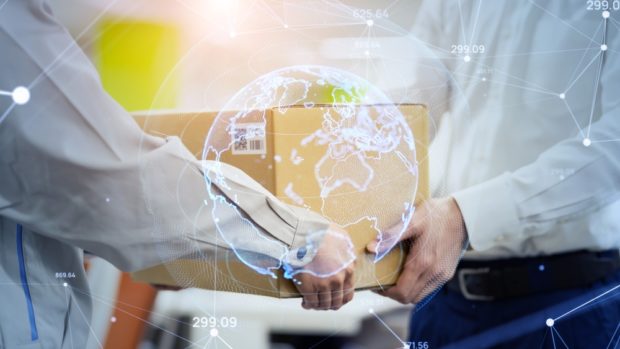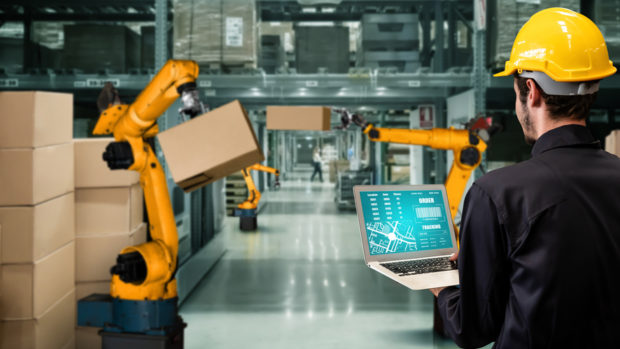
Saying ‘headless is the future might have been acceptable a year ago. But today, investment in headless commerce should already be well underway – especially for retailers hoping to navigate the ongoing economic turbulence. For most segments of the market, if you build a website today and it’s not headless, you’re already behind.
Long gone are the days where retailers could choose a ‘one-size-fits-all’ digital commerce platform from a single vendor. Customers back then needed a straightforward, homogenised shopping and checkout experience. Today’s online shoppers have made it clear that quick and efficient payment methods, fast shipping, and free returns are among the top drivers for their attraction to, and loyalty towards, a retailer.
Headless technology, which raised more than €1.5 billion in funding between 2020 and 2021, enables eCommerce retailers to deliver highly tailored customer solutions, faster and more economical development, easier scaling, and better web and mobile performance. In its simplest form, headless is the separation of the front-end and back-end of an eCommerce application. This architecture offers brands freedom of expression to build whatever and however they want. Most importantly, it enables brands to enrich the customer experience.
So why exactly is headless the next stage in the eCommerce evolution?
The challenges with traditional monolithic commerce
Current tech stacks are too rigid to be able to provide merchants with adequate support in a highly competitive market. Monolithic commerce formed the start of online shopping. It provided an all-in-one solution for selling products and was relatively easy to get up and running.
With these platforms, the front-end is connected to the back-end. Any changes made to the front-end requires the necessary changes to the back-end. For example, the cart, checkout, subscriptions and site layout are interdependent. As a result, changes are hard to make and changes to one part of a store require changes elsewhere. You need developers for everything and IT costs are high. Moreover, site updates can be slow and painful as a result.
That’s where headless comes in. By separating the back-end services from the front-end, headless allows fast-evolving eCommerce businesses to quickly change and improve their offers to customers. Retailers get full scalability and unlimited growth potential with API-first architecture. Headless is growing in popularity too. It’s seen to catapult online retailers to the next phase of their growth.
However, there have been a few speed bumps on the road to widespread adoption. Many retailers fall victim to the ‘sunken cost fallacy’. They’ve already invested a lot of time, effort, and money into their current platform and eCommerce stack. Another concern is that a headless structure could make it more difficult for evolving companies to change up their business models. Both are simply not true and the benefits of headless shouldn’t be ignored or overlooked.
Have you heard of composable yet?
Composable commerce is a business practice enabled by headless technology. It isn’t simply a technological innovation—it’s a description of a more modular way of organising your online business. Headless commerce refers to services simply being uncoupled from an all-in-one platform, so that the front- and back-ends can operate independently. Composable means every single piece of the puzzle operates independently. It is the practice of assembling your own bespoke eCommerce solution.
This ultimately creates a totally efficient, primed architecture. That means retailers can create a truly bespoke system that meets their specific needs and pivot easily to whatever channel, market, or method they need. Composable offers significant benefits to midsize, large, and global companies that want more flexible architecture.
It’s here that composable commerce takes the logic of headless and goes one step further: API calls are not only used to link up the back-end and front-end but also connect disparate backend functionality. It’s this innovation that allows merchants to pick and choose the services and solutions they need. Changes can be deployed faster and the entire commerce system doesn’t need to be updated.
The next stage of eCommerce and beyond
For too long, retailers have been limited by legacy eCommerce platforms offering one-size-fits-all solutions. With customer expectations changing rapidly, eCommerce brands need more flexibility than ever to create “wow” customer experiences. Whether its headless or composable commerce, investment in the most flexible, adaptable technologies will determine a brand’s ability to sink or swim through the current downturn.
With the economic turbulence across Europe, businesses will have to do more with less to capture dwindling consumer spend. Especially for companies who operate in multiple markets, across multiple channels, using multiple currencies or revenue models, and who are looking to invest in the next innovation – headless and composable are crucial.
Brands need to be on top of their game and either already investing or moving quickly to invest in these technologies to weather the storm and set themselves up for growth.








Share